|
Hi, I’m Jill from Design for Branded Space. What is anti Design for me? How can we live in a world without any design? Sometimes I feel suffocated from an over-decorated room and the overflowing of information design on a poster. But sometimes I admired the sleek contemporary room and longing to look at something of context. For me It seems like there’s a love and hate relationship between designed product and design space. There isn’t a definite line of what design I like and agree with, it all seems to be based on my mood and the environment around me. Just like the Johnson Bank article about coping with irrelevance, there needs to be a connection between the real world and the design inorder to have impact. The many factors of why we may like one design over the other could be determined by our perspective. The shoe we stand in, creates a biased first impression we have towards a design. Just as a product like utensils that we use for eating. There is more than one side of perspective to a “design” product. From a designer’s perspective they may want the product to be sustainable, aiming at a specific age group, and is aesthetically pleasing. And from the user/buyer’s perspective, they may find the product not no lasting, and takes too much space in the kitchen drawers with the irregular shapes of utensils. And how about the marketing perspective? Is this product worth producing, and whose perspective should they deliver in the advertisement? What makes a product good or beneficial is pretty biased if we only view it in one perspective. Inorder to understand and judge a product we should look at it in multiperspective. And what I find is that I often overlook the intention of the designer when I am the designer myself. The rules of determining if the product is good by Dieter Rams’ 10 Principles of Good Design is a good guide to start, but what it all comes down to is the moral and judgement of the designer him/herself. Because who is to say the design is useful or aesthetic? Only when the designer clearly understands why they want to design can they determine if the design is good. Inga Sempé designs Collo-alto cutlery set for Alessi - All of the pieces on the collection feature a long, narrow neck that links the heads of each implement to gradually tapered oblong stems. Nendo creates kinked cutlery range for Valerie Objects- https://www.dezeen.com/2018/09/10/skelton-kinked-cutlery-nendo-valerie-objects/ Plastic: Government plans to ban single-use plastic cutlery in England-https://www.bbc.co.uk/newsround/58366984 During the time I was producing a set of utensils for Not Just a Shop, I encountered questions and doubts that emerged from research. My concept for the utensils is to encourage slow eating using sensory enhanced utensils, such as forms that allow food to stay on spoon and forks with shapes of hand. Being a creator and designer of an object for the first time has opened my view on how to take a perspective. It becomes more than absorbing what others have done to conceptualize your own thinking. During the design process of my utensils I often question myself of why would I want to make a knife hard to cut or a fork hard to hold. Who are the people that will buy this sort of product? Should I create an object that will fit the criteria set by the buyer? Or stay firm on my concept and produce an object which may trigger a new buyer? With all the thoughts flying around my head I finally tell myself to stop over thinking. If I were to consider all the aspects of how others opinion my product I would never be able to produce anything, instead of focusing on other’s perspective I should focus on my intention. My intention of creating the Eat. Slow. Utensils encourage people to enjoy food slowly, using sensory motion and texture to open the idea of experiment and experience in eating. By putting my intention first in the design of a product has helped me conceptualize my idea and add meaningfulness to the product. Even in a time where it’s hard to decide who and what you are designing for. Perhaps you already have your concept and intention firmly jotted down or maybe you still come to the same conclusion after a round of research. Don’t stop there, I think when we take time to look at how, why, and when we started we will see something that was there before but only now we see them. Bibliography:
https://designmuseum.org/discover-design/all-stories/what-is-good-design-a-quick-look-at-dieter-rams-ten-principles https://thumbor.forbes.com/thumbor/960x0/https%3A%2F%2Fspecials- https://www.dezeen.com/2018/09/10/skelton-kinked-cutlery-nendo-valerie-objects/ https://www.wired.co.uk/article/experimental-gastronomy https://www.designcouncil.org.uk/news-opinion/what-do-we-mean-design
1 Comment
Robert Urquhart
1/6/2022 07:22:06 am
I would love to see the set of utensils for Not Just a Shop - you should post a follow up piece with them in. Interesting post - anti-design is not no design - as you say, no design would be impossible - everything human-made is designed isn't it.
Reply
Leave a Reply. |
Archives
December 2021
Categories |
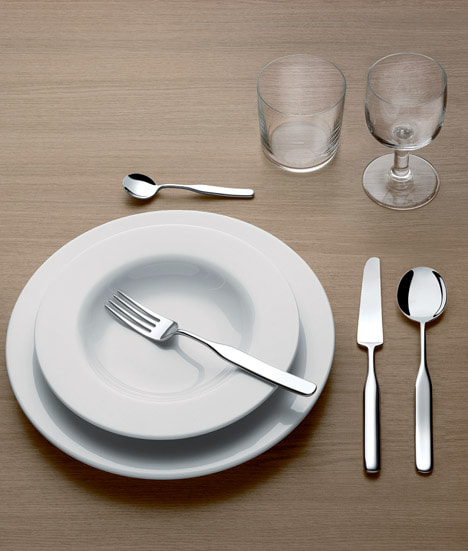
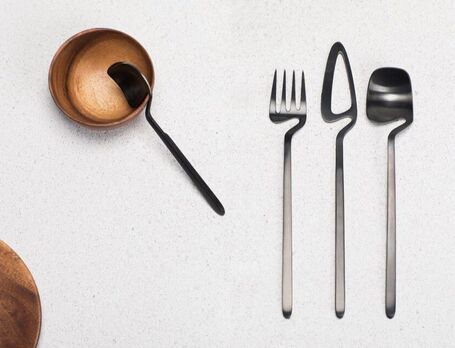
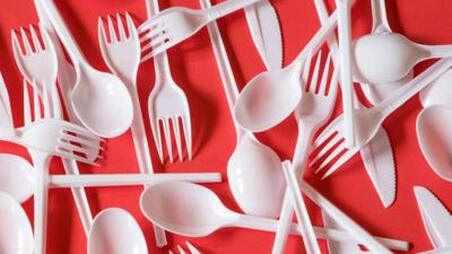
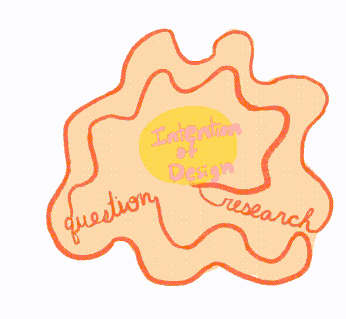
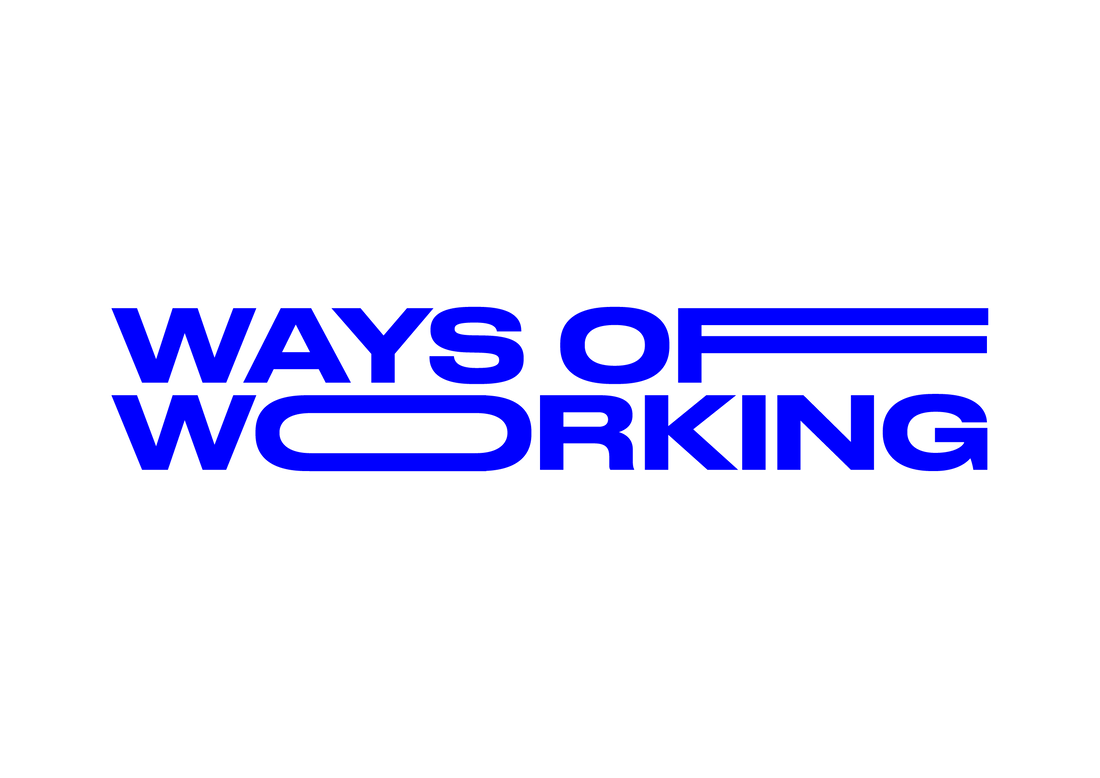
 RSS Feed
RSS Feed
